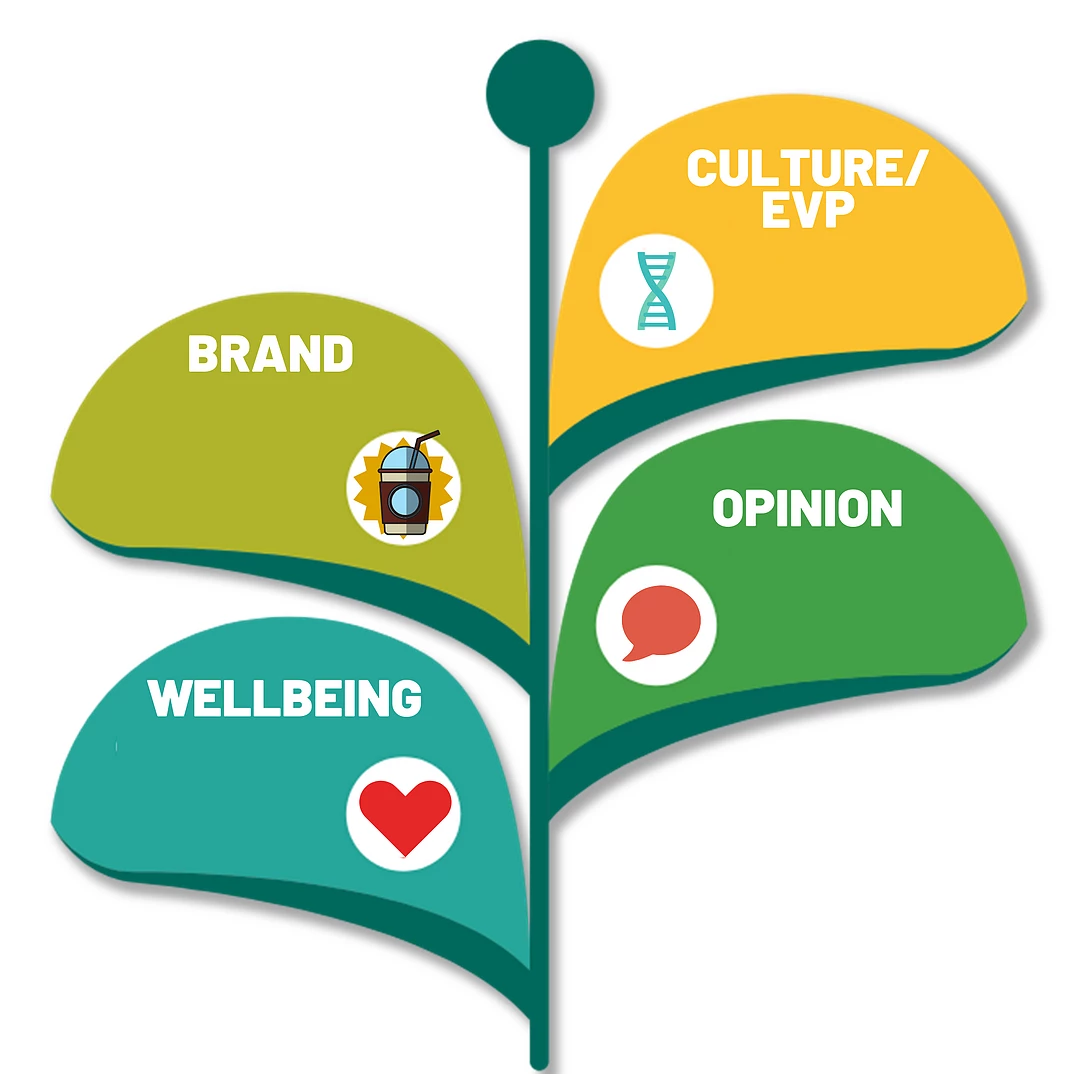The challenge of work-life balance
Something we hear all the time is that a lot people struggle with work-life balance and it’s something that neither people or organisations understand how to get right.
This blog is not going to dive into the knotty discussion of “what is work-life balance”, is it the right terminology or something else headline-grabbing (like "work-life integration"). It simply is looking at how we might provide the best environment for our people.
We are more than aware that, with changes in technology, more mobile use and remote working, the edges of the working day are getting blurred. We take our work with us into our home, down the pub and even to to bed.
And we do not stop there, we take our online social life to work with us.
In late 2016, the news landed that the French government had passed a new law that employers of more than 50 employees must draw up a charter - setting out when workers should and should not send emails. This sparked much debate around work-life balance and how much responsibility for this sat with the employer and with the government.
Who is responsible for work-life balance?
Well, that is an interesting question, let’s start with why anyone has a responsibility.
The pressure of an increasingly demanding work culture in the UK is perhaps the biggest and most pressing challenge to the mental health of the general population The Mental Health Foundation Physical wellbeing has been on the agenda for many organisations for quite a while now. However mental or psychological wellbeing is now more important than ever and it’s no longer enough to just offer an Employee Assistance Programme where employees can get some basic advice on the end of the phone.
Mental wellbeing is not just about products you can buy in as part of your wellbeing offering, it’s also about:
- How your employees work
- When they work
- How they interact at work
- How they get the balance between a workplace which is no longer a place to go and leave but which travels around with you.
In a recent survey we carried out in partnership with Emotion @ Work we found that:
90% of people who said that they didn’t have the freedom to do their best work suffered from stress in the last 4 weeks. 57% also said that their work kept them awake at night.
We think everyone needs to take some responsibility - individuals have to manage their own work-life balance, supported by organisational leadership, line management and HR.
So, what can I do as an employer?
If organisations do not operate a strict nine-to-five working day in their business and want a culture of flexibility - that goes both ways and doesn''t simply remove work-life balance - then they may need to do something that does not come easy to all employers.
First, they are going to need to empower their employees to make their own decisions, where possible, on working time.
Second, start to manage people based on outputs not on how many hours they are sat at their desk.
Third, they need to let their people know that it is okay to turn off the work phone and put down the laptop, and most importantly lead on this by example (while also demonstrating the freedoms of point one).
Measuring the experience
Using tools like The People Experience Hub Wellbeing Survey will allow you to understand how your people currently feel about their own psychological wellbeing and what at work gets in the way of them having a great experience.
Having data that shows whether your people can achieve work-life balance they have to do and their personal life and that they feel they have the support from their managers and colleagues if needed when things get too much helps you understand what you do great and what needs some tweaking.
Drill down into the demographic data and understand how your people feel at each life stages and data by age, gender, service and more.
Understand when your people think they do their best work and what gets in the way on them doing this.
By understanding where there are issues and who has these you can act to make a real difference and improve the People Experience ‘By Design’

